Fjord Foundry LBP Calculator
How LBP Works
Fjord Foundry's Liquidity Bootstrapping Pool starts at a low price and gradually increases based on real-time demand. Unlike traditional token sales, this prevents whales from dominating the market.
Price Curve Analysis
Estimated price changes over time
How Whale Purchases Affect the Curve
When large amounts are purchased early, the price rises faster, making it less attractive for others to buy. This creates unfair advantage.
Fjord Foundry (FJO) isn’t just another cryptocurrency. It’s the engine behind a specialized platform designed to give everyday crypto users fair access to early-stage blockchain projects - without letting big investors dominate the scene. If you’ve ever tried to join a token sale only to get priced out by bots and whales, Fjord Foundry was built to fix that problem.
What Exactly Is Fjord Foundry?
Fjord Foundry is a crypto launchpad - a platform that helps new blockchain projects raise funds and launch their tokens in a fair, transparent way. Unlike traditional ICOs or IEOs where tokens are sold at a fixed price, Fjord uses something called a Liquidity Bootstrapping Pool (LBP). This system slowly adjusts the token price over time based on real-time demand. The more people buy, the higher the price goes. The more people sell, the price drops. This prevents big wallets from dumping large amounts early and crashing the market.
The platform has raised over $1 billion for projects and facilitated more than 270 token sales since its launch. It’s ranked #17 globally among launchpads, according to CryptoRank. Projects like SUI Agents, AI Agent Layer, and Arcadia Finance have successfully launched through Fjord, with some delivering over 20x returns for early participants.
What Is the FJO Token?
The FJO token is the native currency of the Fjord Foundry ecosystem. It’s an ERC-20 token built on the Ethereum blockchain, with a contract address of 0x69457a1c9ec492419344da01daf0df0e0369d5d0 (verified on Etherscan). The total supply is capped at 100 million FJO, but only about 11 million are currently in circulation.
FJO isn’t just a speculative asset - it has real utility. Holders get two key benefits:
- Staking rewards: When you lock up FJO in the platform’s staking dashboard, you earn a share of tokens from new projects launching on Fjord. The more FJO you stake, the larger your airdrop.
- Deflationary buybacks: 90% of all platform revenue is used to buy FJO tokens off the open market and burn them. That means the total supply goes down over time, which can increase scarcity and potentially boost value.
This model is different from most tokens that just pump and dump. FJO’s value is tied directly to how much activity happens on the platform. More launches = more revenue = more tokens burned.
How Does the LBP System Work?
Here’s where Fjord stands out. Traditional token sales often let whales buy up 80% of the supply in the first minute. Fjord’s LBP prevents that.
Imagine a scale that starts with a low price. As people start buying, the price rises slowly. If someone tries to dump a huge amount, the price drops, making it unprofitable. This forces participants to make thoughtful decisions, not panic buys.
The system uses Balancer’s LBP technology, which is open-source and audited. Projects using Fjord don’t set a fixed price. Instead, they set a starting price, ending price, and duration - usually 24 to 72 hours. The platform handles the rest.
Users report this works. One Reddit user said: “Participated in 3 Fjord LBPs - the anti-whale mechanics actually work unlike other platforms where bots dominate.”
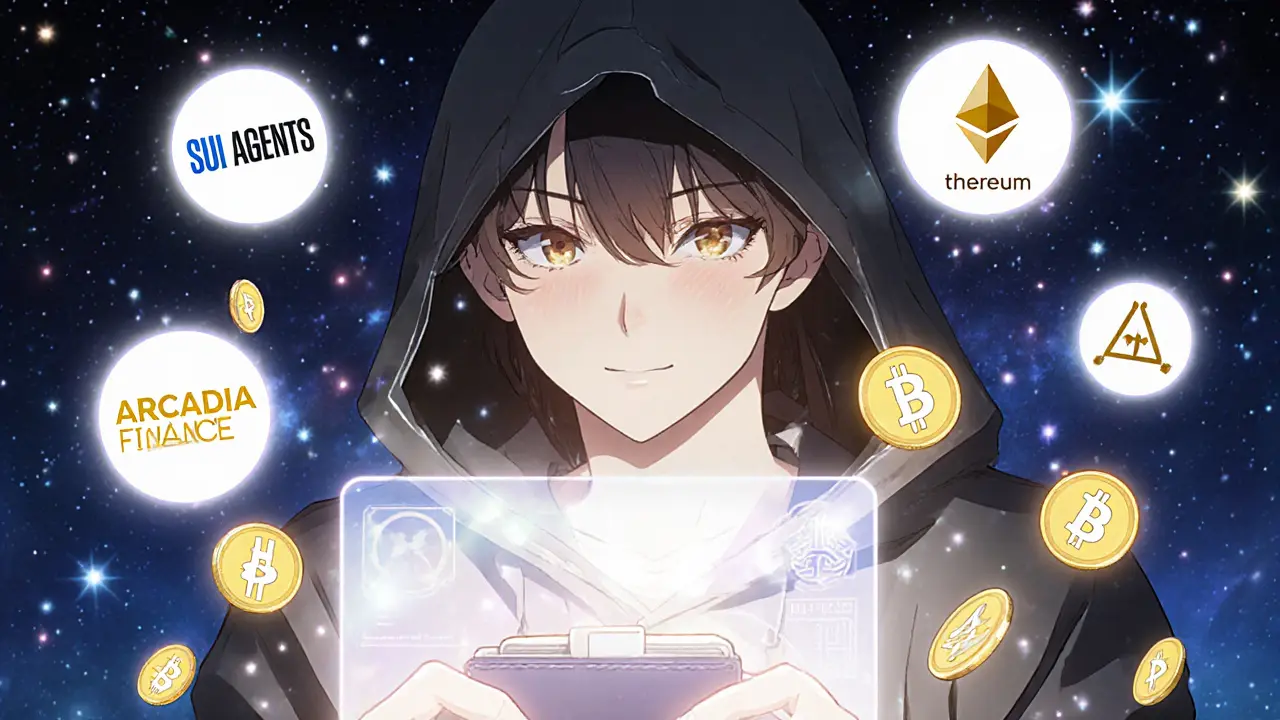
Market Performance and Data Discrepancies
FJO’s market data is messy - and that’s a red flag you should know about.
On CoinGecko, FJO’s market cap hovered around $390,000 as of late 2023, placing it at #3737 among all cryptocurrencies. But Etherscan shows an on-chain market cap of over $3.9 million. Fjord’s own site previously listed a $23 million market cap. These huge differences suggest either major price swings, unreliable data feeds, or liquidity issues.
The token has shown high volatility. At one point, it dropped 9% in seven days. That’s not unusual for small-cap tokens, but it means FJO isn’t for risk-averse investors.
It’s also listed on only two exchanges, according to Coinlore. That’s a big limitation. Most top tokens trade on 20+ exchanges. Limited listings mean lower liquidity and harder exits.
Who Uses Fjord Foundry?
Fjord doesn’t target casual traders. It’s built for Web3-native users who understand wallets, gas fees, and DeFi mechanics.
To participate:
- Connect a Web3 wallet like MetaMask.
- Have at least 0.1 ETH to join most LBPs.
- Stake FJO tokens to unlock airdrops (no minimum, but more = more rewards).
Projects on Fjord are mostly in DeFi (42%), NFTs (28%), and infrastructure (30%). Most teams are based in North America and Europe.
Community size is modest: 13,000+ Discord members and under 200 YouTube subscribers. Not massive, but active. The platform’s support team responds to Discord tickets in 12-24 hours, with 78% of users reporting satisfactory help.
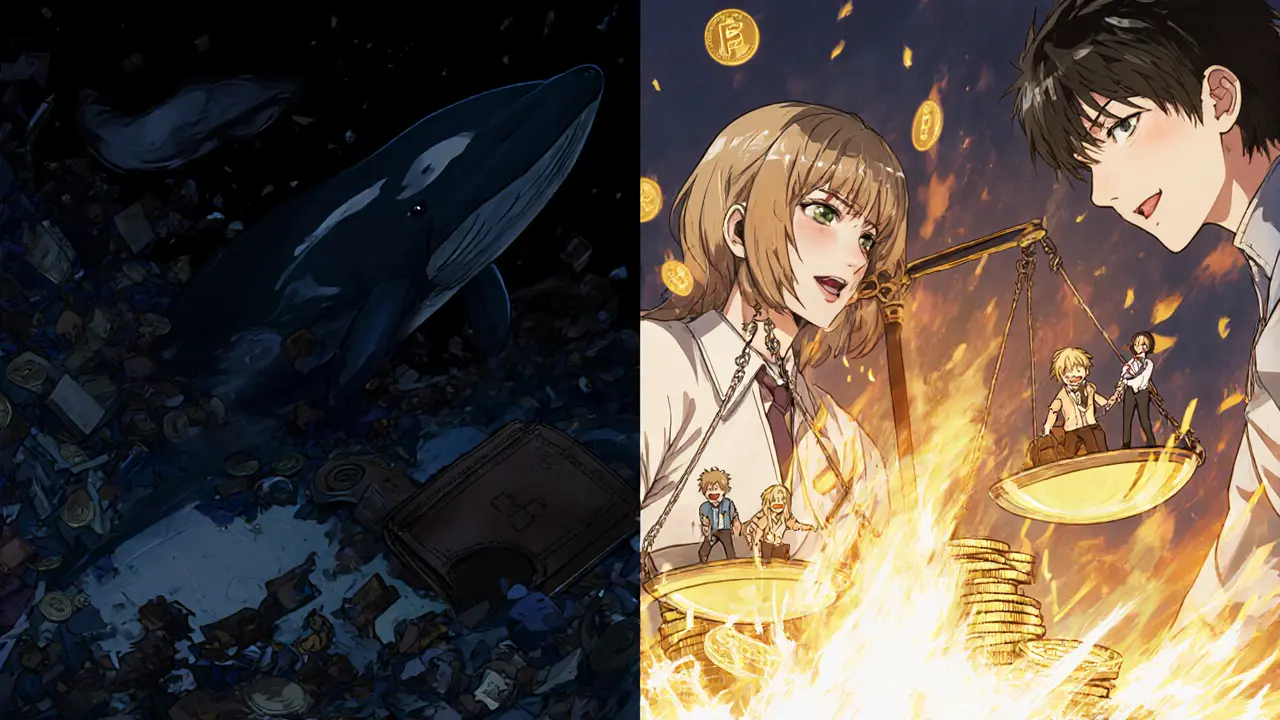
Pros and Cons of FJO
Pros:
- Anti-whale LBP system gives small investors a real shot.
- Deflationary model burns 90% of revenue - scarcity is built in.
- Proven track record with high-performing project launches.
- Transparent, open-source tech (Balancer-based).
Cons:
- Only listed on 2 exchanges - hard to buy or sell quickly.
- Highly volatile price with conflicting market cap reports.
- Complex LBP mechanics can confuse beginners.
- Revenue depends on crypto bull markets - drops sharply in bear markets.
- Platform revenue fell 42% during the 2022-2023 crypto winter, raising questions about long-term sustainability.
Is FJO Worth It?
If you’re looking for a quick flip, FJO isn’t your play. It’s not listed widely, and its price swings too much.
But if you’re active in DeFi, want early access to vetted projects, and believe in fair token distribution - then FJO makes sense. Staking it gives you real exposure to new launches without needing to buy dozens of different tokens.
The biggest risk? If Fjord Foundry’s revenue drops again, the buyback mechanism stalls. No buybacks = no burning = no scarcity. That could hurt long-term value.
It’s a niche tool for a niche audience. Not for everyone. But for those who understand it, it’s one of the few platforms actually trying to fix the broken token sale system.
What’s Next for Fjord Foundry?
Fjord’s roadmap includes:
- Multi-chain support beyond Ethereum (still in testing).
- DAO governance - letting FJO holders vote on platform changes.
- Better analytics tools for LBP participants.
- Improved onboarding for beginners.
If they deliver on these, Fjord could grow from a mid-tier launchpad to a major player. But right now, it’s still a high-risk, high-reward experiment.

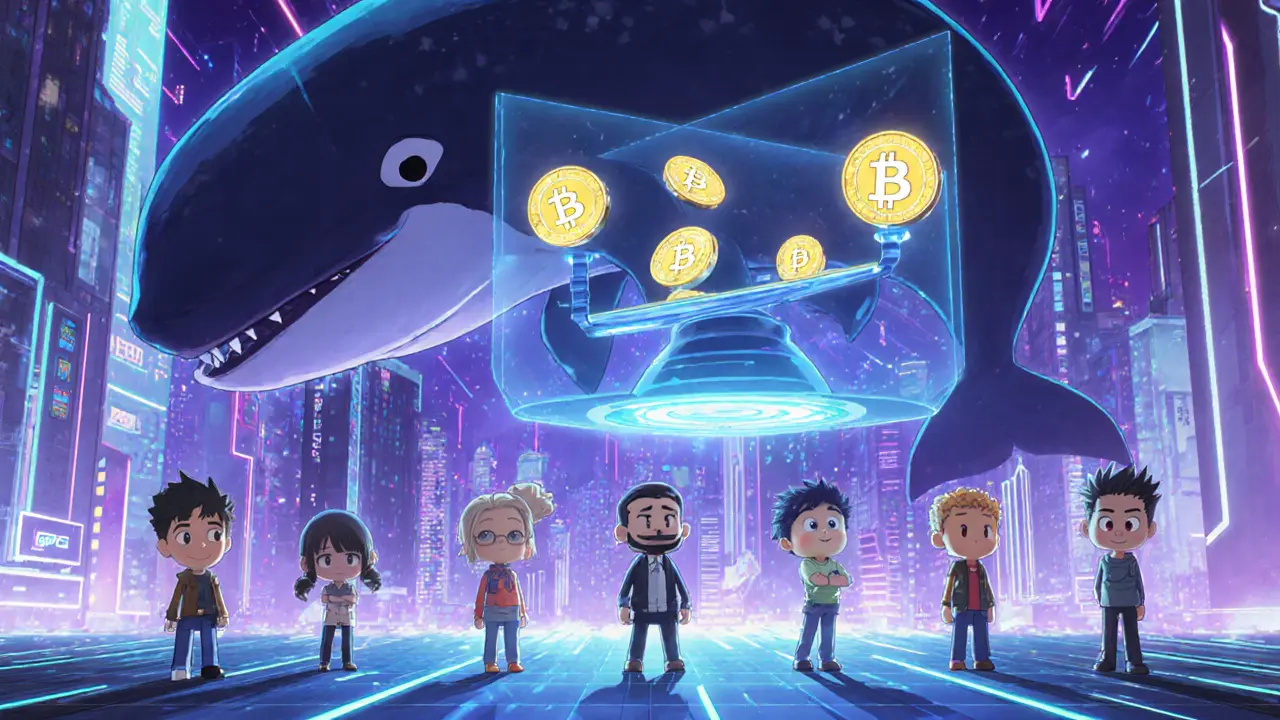

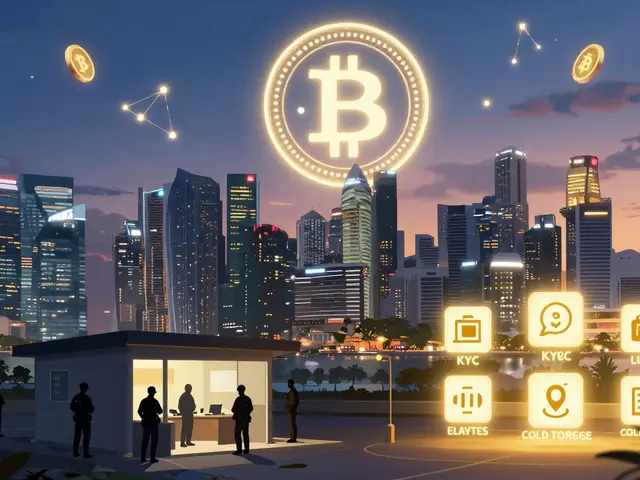



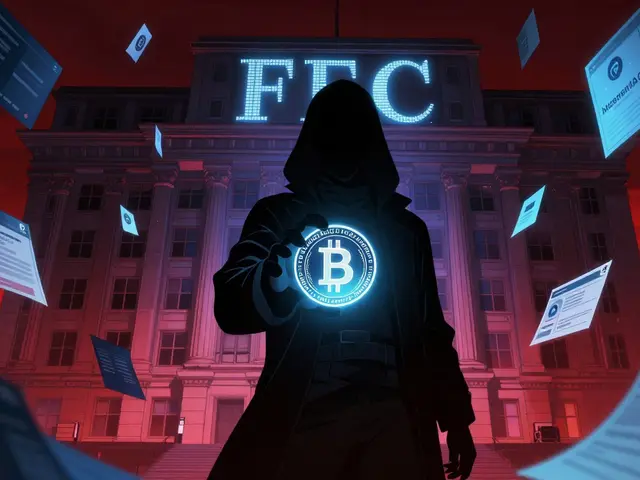
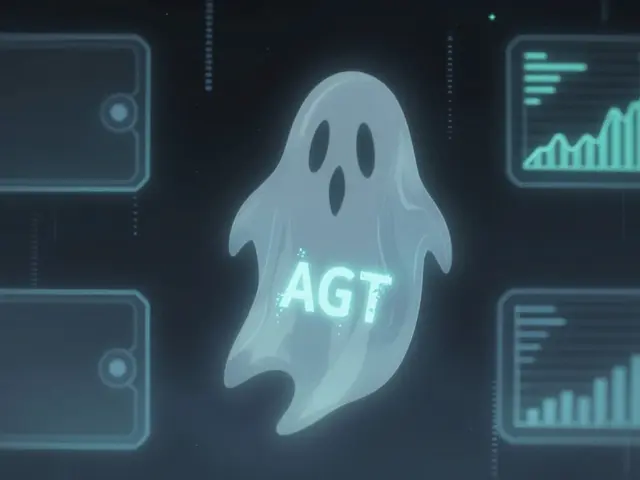
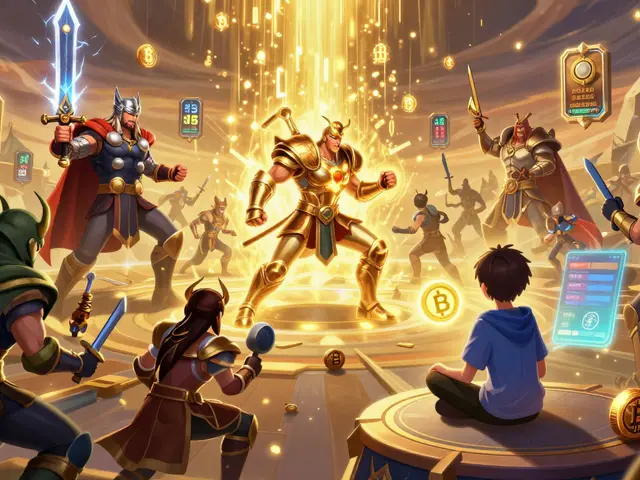

Kaitlyn Boone
November 19, 2025 AT 17:06 PMfjo is just another rug pull waiting to happen, the market cap numbers dont even line up and only 2 exchanges? lol no thanks.
Kris Young
November 20, 2025 AT 00:41 AMI agree with you, Kaitlyn. The data discrepancies are a huge red flag. If the market cap is all over the place, that means the liquidity is either fake or extremely thin. You don't want to be stuck holding a token you can't sell.
Dexter Guarujá
November 21, 2025 AT 15:29 PMLook, if you're not American, you don't get it. This is the most transparent launchpad in the entire crypto space. The LBP system? Built on Balancer, audited, open-source. Other countries are still stuck in the 2017 ICO nightmare. We're leading. Get with the program.
And yes, only two exchanges? That's because the platform doesn't need to be on Binance to be legit. It's for real Web3 users, not meme-chasing degens. You think Coinbase is the gold standard? That's a centralized gatekeeper. Fjord is the future.
Also, the 90% buyback? That's not just a feature-it's a statement. Most tokens are designed to pump and dump. FJO is designed to survive. You think that's easy? Try building a deflationary model that doesn't collapse under its own weight. It's engineering, not gambling.
And before you say 'it's too complicated'-you're not supposed to be here if you need a TikTok tutorial to understand how a liquidity pool works. This isn't for your uncle who bought Dogecoin because Elon tweeted it.
The crypto winter hit them? So what? Every real project gets tested. Look at Ethereum in 2018. People said it was dead. Now look at it. Fjord's team is solid. They're not chasing hype. They're building.
And if you're worried about volatility-then don't hold it as a speculation. Stake it. Earn the airdrops. That's the real play. The token isn't meant to be flipped. It's meant to be used. Like a utility knife, not a lottery ticket.
And don't even get me started on the fact that they're moving to multi-chain. That's not a rumor. It's in testing. Ethereum-only is just Phase One. This isn't a startup. This is infrastructure.
So yeah, the numbers are messy. But if you're looking for clean, simple, low-risk crypto, you're in the wrong space. This is Web3. It's messy. It's complex. And it's real.
Jennifer Corley
November 21, 2025 AT 17:55 PMInteresting. So you're saying the $3.9M on-chain number is accurate, but CoinGecko says $390K? That’s a 10x difference. Either the data is wrong, or someone is manipulating the supply. And you’re okay with that?
Let me guess-FJO is held in a few wallets, and the ‘buybacks’ are just moving tokens from one address to another, then pretending to burn them. Classic wash trading. I’ve seen this before.
The fact that revenue dropped 42% in the bear market? That’s not a hiccup. That’s the business model collapsing. No revenue = no buybacks = no scarcity. So what’s left? A token with no intrinsic value except the hope that someone else will pay more for it.
And the ‘anti-whale’ system? How many whales are there in a $400K market cap? One guy with 200 ETH can control 50% of the LBP. That’s not fair. That’s just a different kind of manipulation.
I’m not saying it’s a scam. I’m saying it’s a fragile illusion. And people who treat it like a safe bet are just one bad LBP away from losing everything.
Natalie Reichstein
November 23, 2025 AT 13:22 PMOh please. You think the LBP is magic? It’s just math. And math doesn’t care if you’re a whale or a small investor. If you have enough capital, you can still front-run the curve. You think the bots aren’t watching? They’re everywhere. They’re faster. They’re smarter. They’re coded by hedge funds in Jersey.
And the burn mechanism? Cute. But burns don’t create value. Demand creates value. And right now, demand is zero outside of the Fjord ecosystem. Who’s buying FJO outside of staking? No one. It’s a closed loop. A self-referential fantasy.
You’re not investing in a token. You’re investing in a cult. The Discord group has 13,000 members? That’s a small subreddit. No media coverage. No institutional interest. Just a bunch of people trading tokens they can’t even cash out.
And don’t tell me about ‘Web3 natives.’ That’s just code for ‘people too naive to realize they’re being used.’ The real winners here aren’t the stakers. They’re the devs who raised $1B in funding and now get to walk away with their 10%.
The only thing more dangerous than a rug pull is a slow bleed. And FJO? It’s bleeding quietly while you sleep.
Staking rewards sound nice until the next project fails. Then what? You get airdropped a worthless token and still hold FJO you can’t sell. That’s not utility. That’s a trap.
And the multi-chain roadmap? That’s a fairy tale. They haven’t even fixed their own data issues. Why would you trust them to build on Solana or Polygon when they can’t even get their own metrics right?
This isn’t innovation. It’s theater. And you’re paying for front-row seats to a play where the ending is already written.
Terry Watson
November 25, 2025 AT 06:13 AMOkay, I get the skepticism-but let’s be real. The LBP system is actually working. I participated in three launches on Fjord. I didn’t get rich, but I didn’t get rug-pulled either. Everyone got a fair shot. No bots front-running. No whales snapping up 80% in 30 seconds.
Yeah, the market cap is messy. But that’s because no one’s tracking it properly. Etherscan shows the real on-chain value. CoinGecko? They’re still using outdated liquidity pools from exchanges that barely trade it.
And the 90% buyback? That’s not hype. That’s math. Every dollar the platform makes goes into burning FJO. That’s not a gimmick-that’s a commitment. Most projects burn 5%. Fjord burns 90%. That’s 18x more serious.
Yes, it’s volatile. Yes, it’s niche. But that’s what makes it beautiful. It’s not trying to be Bitcoin. It’s trying to fix the broken system. And it’s the only one doing it.
I’m not saying it’s risk-free. But if you’re looking for safety in crypto, you’re already too late. The real opportunity is in the messy middle. Fjord is there.
And if you think this is just a cult? Then why are projects like SUI Agents and Arcadia Finance still coming back? They didn’t need to. They could’ve gone to a bigger launchpad. But they chose Fjord. Why? Because the system works.
Don’t hate the platform because it’s not for everyone. Hate it because it’s too good for the average degenerate.
James Edwin
November 26, 2025 AT 10:50 AMI’ve been staking FJO since early 2023. I’ve earned airdrops from 7 different projects. Some were garbage. One was a 12x. That’s not luck-that’s exposure. You don’t need to buy 10 different tokens to get early access. Just stake FJO.
And the price swings? Yeah, it’s wild. But I don’t trade it. I hold. I stake. I wait. That’s the whole point. It’s not a coin to flip. It’s a key to the door.
The fact that it’s only on two exchanges? That’s fine. I use MetaMask. I don’t need Coinbase. I don’t want to be on a centralized exchange. I want decentralization.
People are scared of complexity. But if you can use a wallet and pay gas, you can use Fjord. It’s not rocket science. It’s just different.
And the drop in revenue? That’s the market. Not the platform. When crypto goes down, everything goes down. That doesn’t mean the model is broken. It means we’re in a bear market. And this one will end.
I’m not bullish on FJO because it’s going to moon. I’m bullish because it’s one of the few platforms actually trying to do right by small investors. That’s worth supporting.
Mike Stadelmayer
November 26, 2025 AT 13:43 PMBeen watching FJO for a while. Honestly? It’s weird. Not in a bad way. Just… quiet. No hype. No influencers. No memes. Just a team building something real.
I don’t own any. But I’ve watched a few LBPs. The process is actually smooth. No drama. No panic. People just show up, participate, and move on.
The data issues? Yeah, they’re confusing. But I think it’s more about poor tracking than fraud. Small tokens like this just don’t get the same attention as big ones.
It’s not going to be the next Bitcoin. But it might be the quiet hero of fair launches. And sometimes, that’s enough.
Norm Waldon
November 26, 2025 AT 15:57 PMLet me tell you something-this whole thing is a U.S. government-backed front. Why else would a crypto project have such clean audits, such perfect transparency, and such a lack of Chinese or Russian involvement? It’s too clean. Too perfect.
The LBP? A distraction. The burn mechanism? A cover. The real goal is to funnel global crypto capital into U.S.-based projects and weaken foreign competition. They’re not fixing token sales-they’re consolidating power.
And don’t think I didn’t notice: every single project launched here is based in North America or Europe. Coincidence? I think not.
This isn’t decentralization. It’s American crypto imperialism. And you’re all just pawns in their game.
They want you to think this is about fairness. But it’s about control. The same people who run the Fed are behind this. The same people who printed trillions are now printing tokens.
Stay vigilant. Don’t trust the narrative. Don’t stake your ETH. Don’t buy FJO. They’re watching. They always are.
neil stevenson
November 27, 2025 AT 08:21 AMyo i staked 500 fjo last year and got airdropped 3 tokens. one of them turned into 10x, one was a rug, one did nothing. so net gain? about 2x. not bad for just leaving it alone. no stress, no trading. just stake and chill.
the platform is kinda clunky but it works. and the fact that it's not on binance is kinda a feature tbh. less degens, less chaos.
also the devs actually reply to dm's. rare in crypto. respect.
LaTanya Orr
November 27, 2025 AT 21:29 PMThere’s something beautiful about a system that doesn’t scream for attention. Fjord doesn’t need to be on every exchange. It doesn’t need a celebrity endorsement. It doesn’t need to be a meme. It just needs to work.
And it does. Quietly. Consistently. Without drama.
Maybe that’s the real innovation-not the tech, but the humility. Most projects want to be the next Bitcoin. Fjord just wants to be the best tool for the job.
We’ve been conditioned to think bigger is better. But sometimes, small is more sustainable.
It’s not perfect. But perfection isn’t the goal. Integrity is.
Samantha bambi
November 28, 2025 AT 23:38 PMJust wanted to say thank you to the Fjord team for actually listening to feedback. I suggested better analytics for LBPs in Discord last month, and they added a beta feature two weeks later. That doesn’t happen anywhere else.
Also, the support team answered my ticket in 14 hours. On a Saturday. In a crypto project. I’m still shocked.
It’s not flashy. But it’s real. And in this space? That’s rare.
Anthony Demarco
November 30, 2025 AT 11:31 AMPeople are missing the point. This isn’t about tokens. It’s about power. The old system gave control to whales. Fjord gives it back to the people. That’s revolutionary.
Yes, the numbers are messy. But so was the internet in 1995. So was Bitcoin in 2011. So was DeFi in 2020.
The real question isn’t whether FJO will go up. It’s whether you’re willing to be part of something that challenges the status quo.
If you’re here for the money, leave. If you’re here for the movement-stay. And stake.
Lynn S
December 1, 2025 AT 20:08 PMIt is imperative to note that the valuation discrepancies between CoinGecko and Etherscan represent a fundamental failure in market transparency. Furthermore, the reliance upon a single liquidity mechanism, albeit audited, introduces systemic fragility. The deflationary mechanism, while theoretically sound, is contingent upon sustained revenue generation-a condition that has demonstrably failed during prior bear markets. Therefore, one cannot reasonably conclude that FJO constitutes a viable long-term investment vehicle. It is, at best, a speculative instrument with structural vulnerabilities.
taliyah trice
December 2, 2025 AT 12:24 PMmy grandma used this to get into crypto and she staked FJO and got airdrops from 2 projects. one was a dog coin but she still got it. she says it’s like a digital lottery ticket that doesn’t cost much. she’s happy.
Dexter Guarujá
December 4, 2025 AT 00:33 AMAnd now you’re telling me your grandma is an investor? That’s not a feature-it’s a warning. If the platform is so simple that a non-tech user can participate without understanding gas fees or wallets, then it’s not a Web3 tool. It’s a casino.
Web3 isn’t for grandma. It’s for people who understand that decentralization means responsibility. Not convenience.
If you want grandma to invest, go buy her a Bitcoin ATM. Don’t give her a token that’s only tradable on two exchanges and has a 9% weekly drop.
And don’t romanticize ignorance. This isn’t empowerment. It’s exploitation dressed up as accessibility.
Samantha bambi
December 5, 2025 AT 12:04 PMMaybe your grandma doesn’t understand gas fees-but she understands trust. She doesn’t care about decentralization. She cares that her money didn’t vanish. And for her, Fjord delivered that. Maybe that’s the real win.
Not every user needs to be a developer. Not every innovation needs to be for the elite. If Fjord helps someone who’s never touched a wallet feel safe-then that’s not failure. That’s progress.